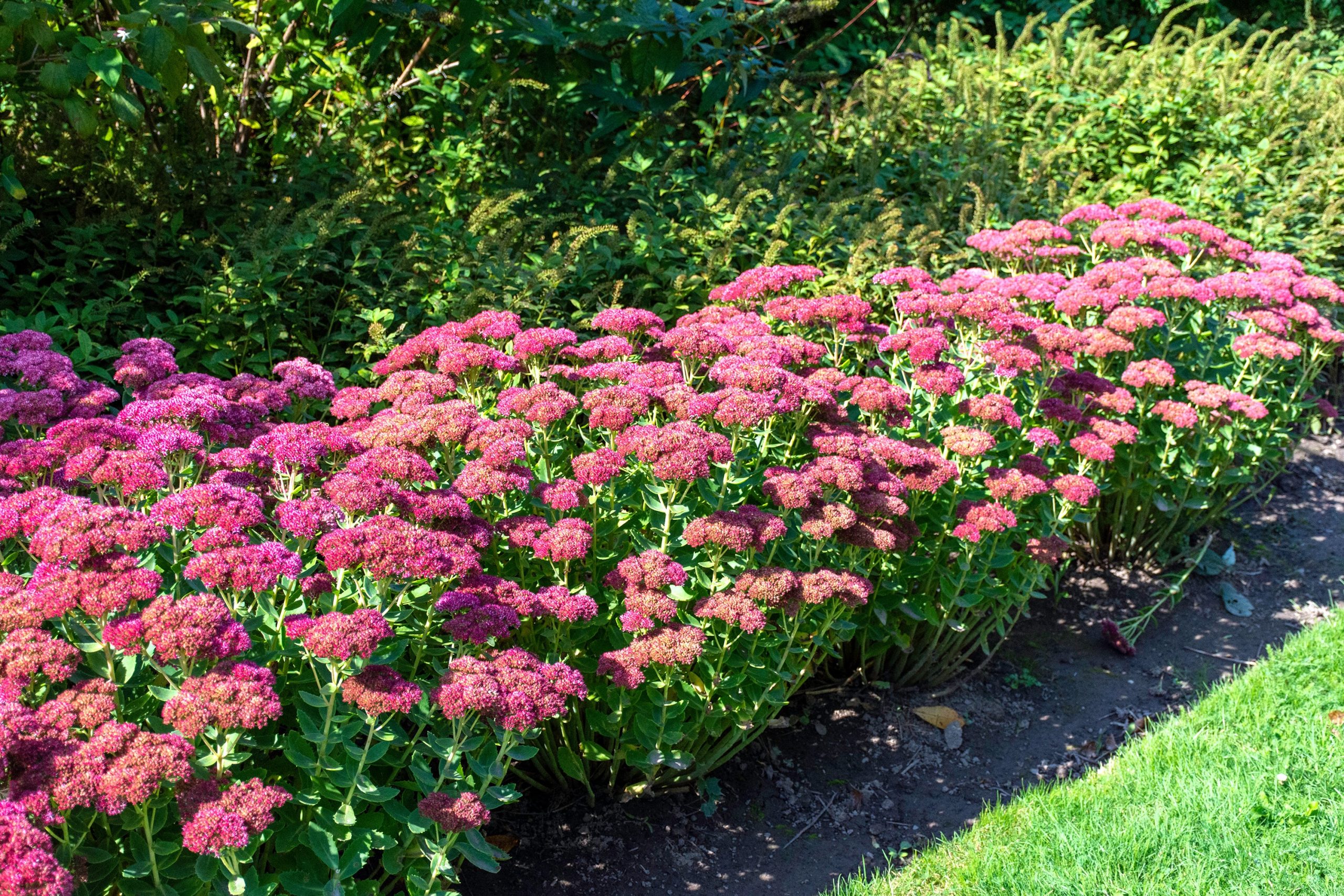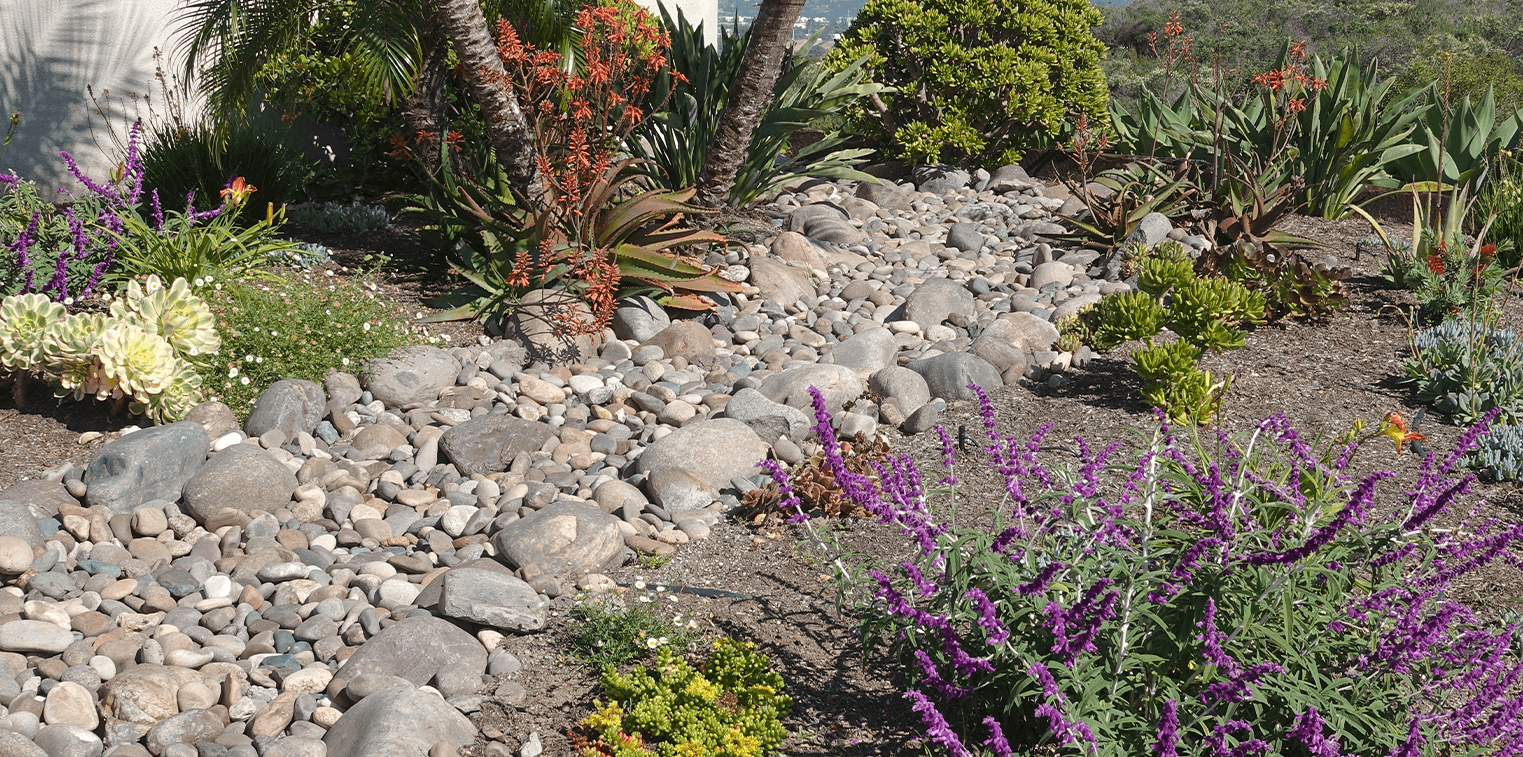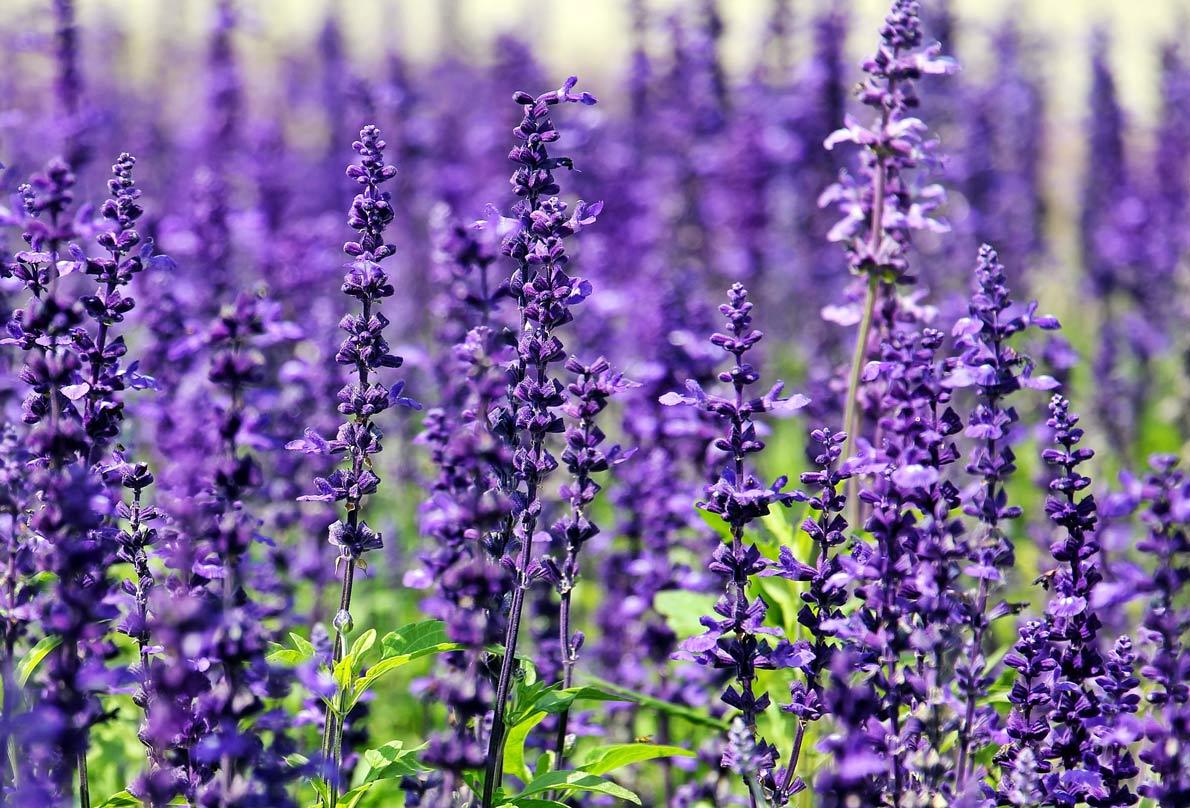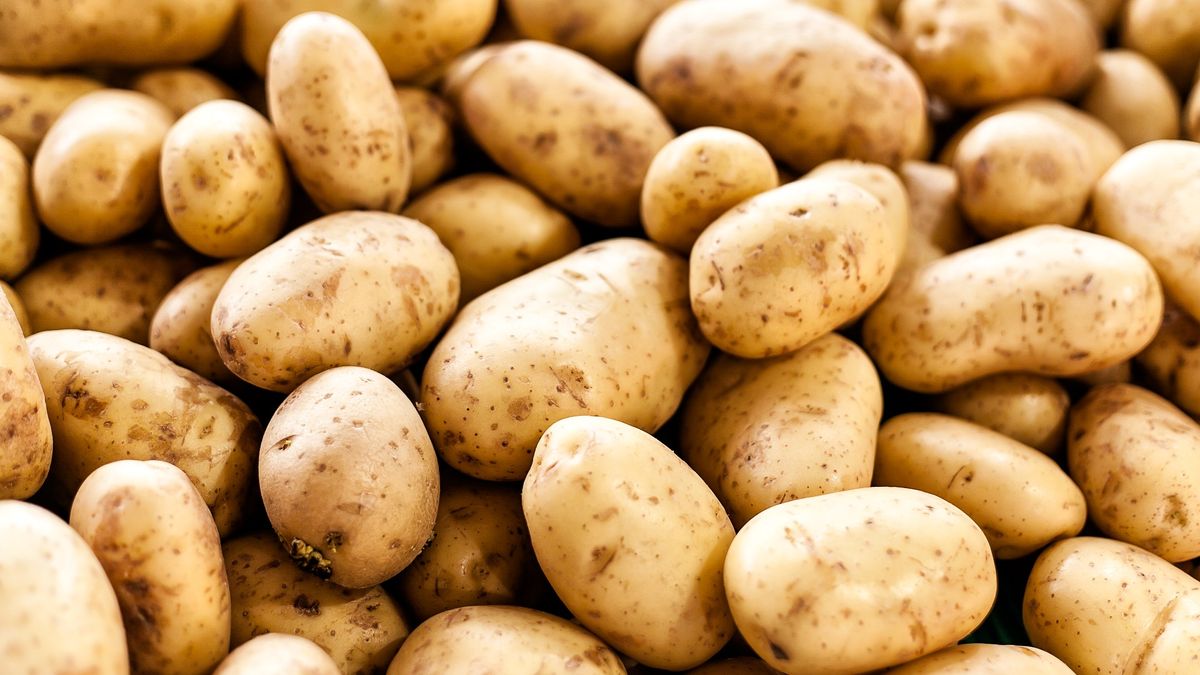Sedum, a diverse genus of succulent plants, offers a wide range of shapes, sizes, and colors, making them a popular choice for both indoor and outdoor gardens. Their adaptability and low-maintenance nature make them ideal for beginners and experienced gardeners alike.
Characteristics of Sedum
- Succulent Leaves: Sedum plants have fleshy leaves that store water, allowing them to thrive in dry conditions.
- Variety of Forms: They can be low-growing groundcovers, upright shrubs, or trailing vines.
- Drought Tolerance: Sedum plants are highly drought-tolerant and can withstand periods of neglect.
- Cold Hardiness: Many Sedum species are cold-hardy and can survive harsh winter conditions.
Popular Sedum Varieties
- Sedum spurium: A popular groundcover with colorful foliage, often used in rock gardens and containers.
- Sedum acre: A low-growing, mat-forming succulent with bright yellow flowers.
- Sedum spectabile: A tall, upright succulent with showy pink or red flower clusters.
- Sedum morganianum: A trailing succulent with long, silvery-blue leaves, often referred to as “Burro’s Tail.”
Caring for Sedum
- Sunlight: Sedum plants thrive in full sun but can tolerate partial shade.
- Watering: Water your Sedum sparingly, allowing the soil to dry out completely between waterings. Overwatering can lead to root rot.
- Soil: Use a well-draining cactus or succulent potting mix.
- Temperature: Sedum plants are relatively cold-hardy and can withstand freezing temperatures.
- Fertilizing: Fertilize your Sedum once or twice a year with a balanced liquid fertilizer diluted to half strength.
Propagating Sedum
Sedum plants are easy to propagate through stem cuttings or leaf cuttings.
Stem Cuttings:
- Cut a healthy stem from the mother plant.
- Allow the cut end to dry for a few days.
- Plant the cutting in well-draining soil.
Leaf Cuttings:
- Detach a healthy leaf from the mother plant.
- Place the leaf on top of well-draining soil.
- Keep the soil slightly moist and in bright, indirect light.
- New plantlets will eventually form from the base of the leaf.
With their versatility and low-maintenance nature, Sedum plants are a great choice for adding color and texture to your garden.



